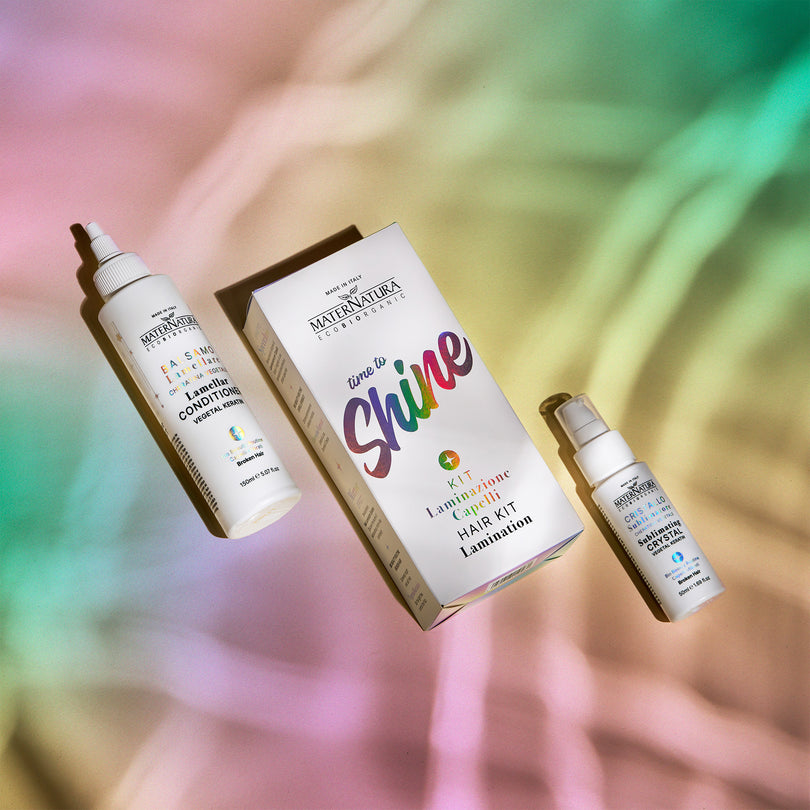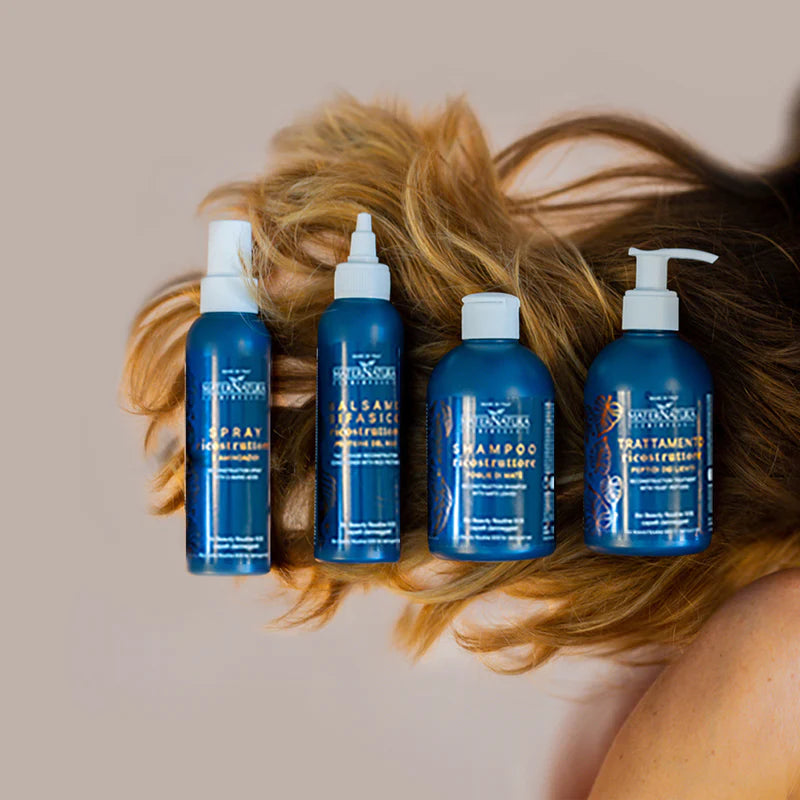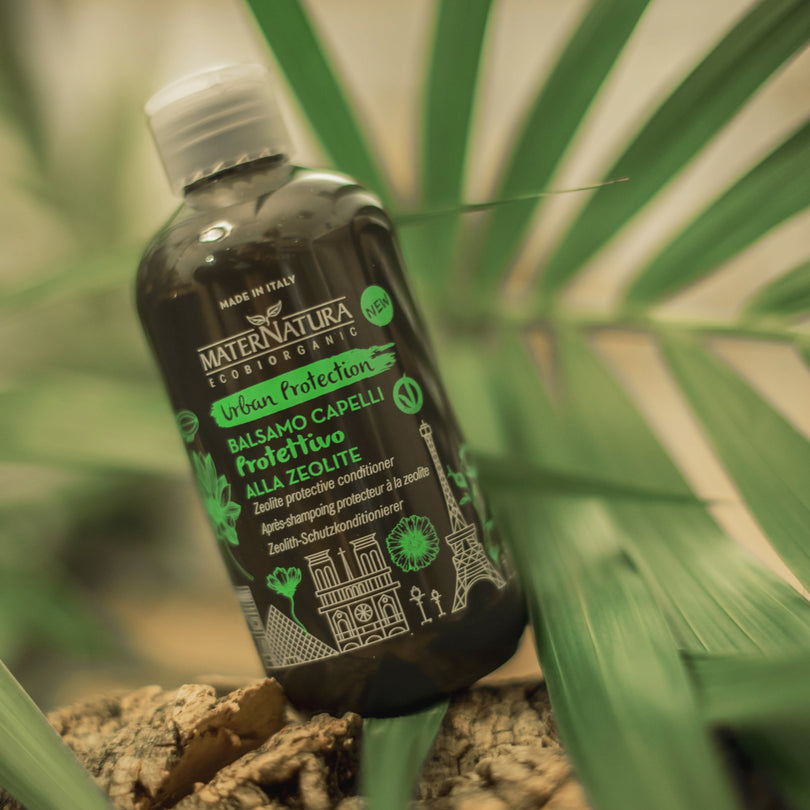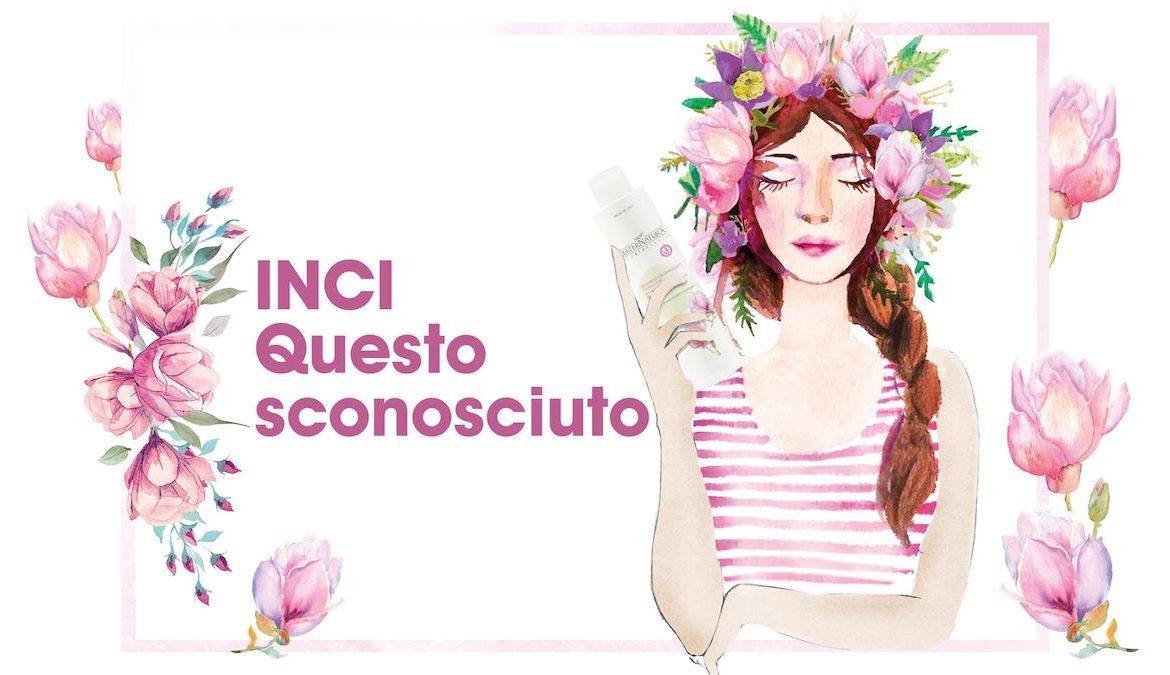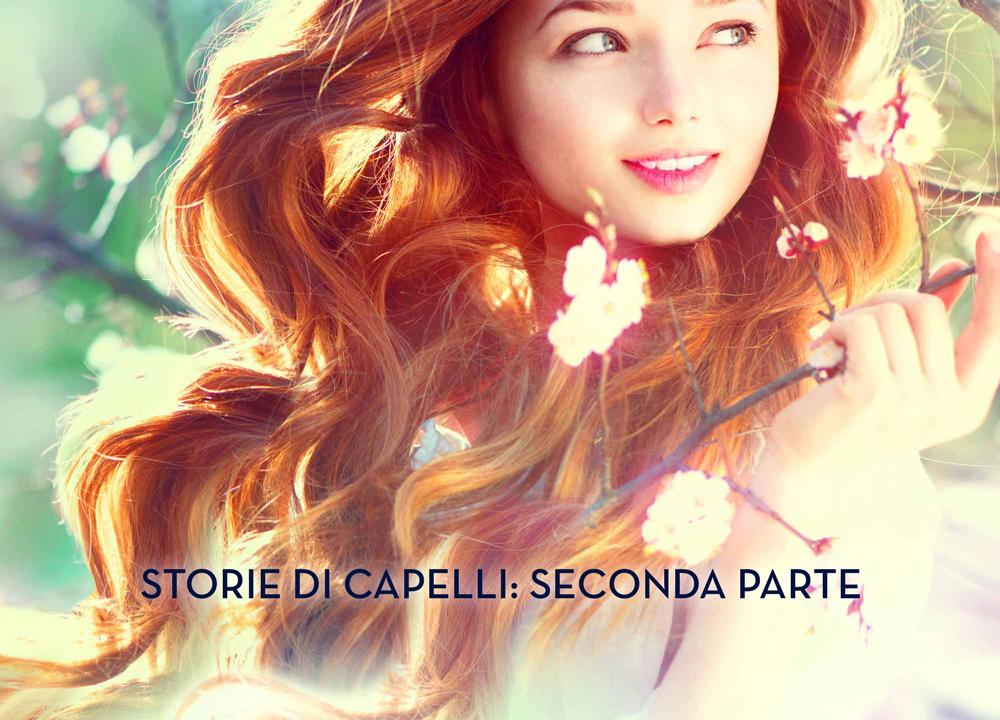The ingredients
contained in the product are reported according to INCI (International Nomenclature Cosmetic Ingredients) terminology in decreasing order of weight, considering that those lower than 1% can be indicated in random order.
Even if we have never heard of them before, it is possible to understand whether they are natural or chemical substances simply by paying attention to the nomenclature.
For example:
Natural substances that have not undergone chemical modifications are cited using the Latin name (genus and species) of the plant from which they were extracted.
The substances deriving from a chemical elaboration are mentioned with the chemical name assigned by INCI.
Generic substances – such as water, honey, milk – are reported with the Latin name given by the European Pharmacopoeia.
The generic terms "Parfum" or "aroma" or "fragrance" will instead indicate the presence of perfumes or aromas.
But where do these ingredients come from? What are their functions and characteristics?
Let's try to understand more with the detailed description of the inci.
Can you read the inci of the MATERNATURA Magnolia Volumizing Shampoo for fine hair?

INGREDIENTS
Ammonium lauryl sulfate: Surfactant for a few years now available on the market in the totally natural version. It is a surfactant particularly suitable for hair cleansing, thanks to its easy and complete rinsing and bio-affinity.
Betaines: coemulsifier
Cocamidopropyl betaine: Surfactant of vegetable origin derived from sugar beets. Delicate, it cleanses the skin and leaves it soft and supple. Cocamidopropyl Betaine is a surfactant indicated for the formulation of all cleansing products, even those specific for sensitive and delicate skin. Like all amphoteric surfactants, Cocamidopropyl Betaine has hair conditioning properties.
Coco-glucoside: Co-surfactant used as a softener to improve skin tolerance of anionic surfactants. Increases the viscosity and softness of surfactant mixtures, making the foam thicker and more velvety.
Magnolia biondii flower extract: Botanical extract of magnolia biondii. Anti-irritant and soothing properties.
Lavandula angustifolia (Lavender) flower extract (*) : Lavender extract. Calms and soothes thanks to its high ester content. Contains ursolic acid, a powerful antioxidant and antibacterial.
Eucalyptus globulus leaf extract (*): Eucalyptus is also considered useful for its antiseptic and refreshing properties thanks to its balsamic aroma. It is a tonic for the tissues: in fact, by stimulating blood circulation, it promotes better nutrition of the hair bulb, also leaving a pleasant sensation of freshness.
Prunus armeniaca (Apricot) fruit extract: The apricot fruit extract, thanks to vitamins E and F and carotenoids, has emollient, nourishing and antioxidant properties, capable of hindering the spread of free radicals.
Laminaria japonica extract and Spirulina maxima extract: A combination of brown algae and Spirulina, rich in components such as vitamins A, C and group B (antioxidants), mineral salts of iron, phosphorus, copper, magnesium, manganese and iodine (useful for trophism), proteins and essential fatty acids, guarantee the improvement of peripheral circulation, the drainage of toxins, tissue oxygenation and the assimilation of all the active ingredients.
Tocopherol: antioxidant
Hydrolyzed quinoa: The extract from quinoa seeds is a protein ingredient with a remarkable film-forming effect. Its three-dimensional structure blends perfectly with the surface of the hair, forming a cohesive and continuous biological film that smoothes the hair, giving it a full-bodied and luminous appearance.
HydroLauryl lactyl lactate: It is a naturally derived multifunctional emollient / surfactant. Increases foam, mattifying and conditioning. Reduces the sensation of burning eyes and increases the pleasantness of the shampoo.
Sodium chloride: viscosifier
Glyceryl oleate: Non-ionic lipophilic emulsifier obtained from grape sugar. Very delicate, good dermatological compatibility, suitable for sensitive skin and children, restores the skin's hydro-lipid film, is ecological and biodegradable.
Glycerin: Humectant, emollient
Benzyl alcohol: It is an aromatic organic compound that occurs naturally in various plants, in particular it is the component of some essential oils, such as jasmine, neroli, violet, ylang-ylang. It is used in the cosmetic and pharmaceutical fields as a component of fragrances, solvent and preservative. It has good antimicrobial activity against gram positive bacteria.
Parfum [Fragrance]: Follow the strict standards of AIAB and VEGAN OK certifications, they cannot contain many elements of traditional perfumes which are considered harmful.
Behenamidopropyl dimethylamine: Conditioner from the processing of Moringa Oleifera seed oil (plant of Indian origin). An innovative substance of vegetable origin that is easily biodegradable, which respects people and the environment. It is fully part of the range of Eco surfactants for moisturizing cosmetics, free from silicone, glycol and petroleum-derived substances. Ideal for all hair types. Also recommended for its refreshing effect on the skin. Increases the combability of the hair leaving it soft and voluminous with also a good antistatic effect.
Benzoic acid: Preservative necessary to prevent the product from deteriorating, avoiding the proliferation of moulds
Sodium benzoate: Preservative in a different form than benzoic acid. They are two forms of the same ingredient. The regulation requires both forms to be reported on the label.
Dehydroacetic acid: Preservative always used in combination with other antimicrobial substances such as benzyl alcohol, potassium sorbate, sodium benzoate or respective acids. It can also be used in eco-certifiable products. It is considered a safe and well tolerated ingredient.



